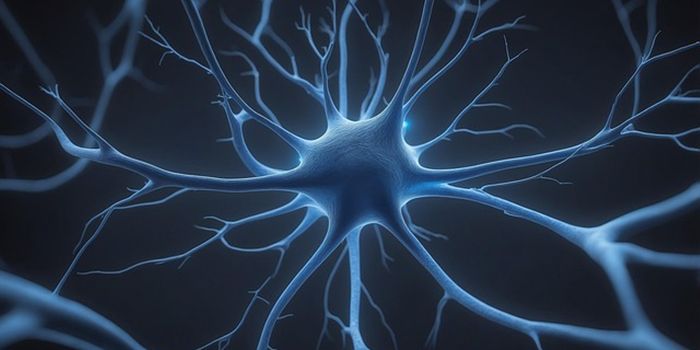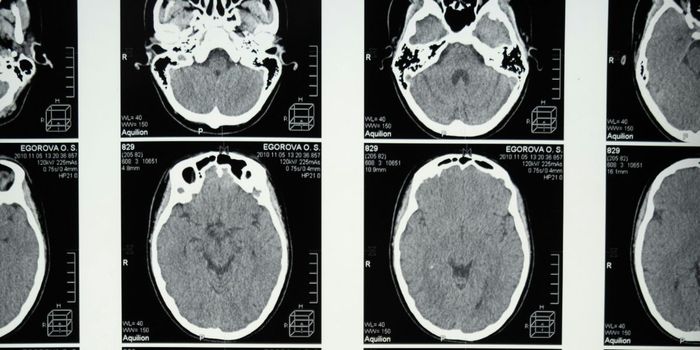There are many, many different kinds of neurons in our brain, and at some point, they all had to differentiate from their progenitor cells. The exact process of this differentiation is unknown. Identifying how neurons differentiate would go a long way in unraveling the mysteries behind neurological disorders like autism and schizophrenia. Knowledge of neuronal differentiation could also be applied to the engineering of neurons from stem cells.
Researchers at the University of Geneva led by Denis Jabaudon have visualized the transcription patterns in differentiating excitatory neurons. Specifically, they were looking at excitatory neurons that originate from progenitor cells in the ventricular zone (VZ) and eventually migrate to the cortex. The researchers used a technique called “FlashTag” to label single cells that are dividing at the VZ with a fluorescent tag. The FlashTag has a very short half-life outside of the cell, so any fluorescence that is not incorporated into the intracellular proteins is short-lived. Once the cells are labeled with the FlashTag pulse, the fluorescent signal is linearly diluted with each new division the cell goes through, allowing individually labeled cells to be identified and tracked during their differentiation.
Mice were labeled with the FlashTag at various embryonic days and then evaluated at postnatal day 7 when neuronal migration is complete. Specifically, the researchers decided to look at neurons labeled at embryonic day 14 which are located in layer 4 of the cortex at postnatal day 7. By isolating neurons at 6, 12, 24, and 48 hours post mitosis and performing single-cell RNA sequencing on the isolated neurons, the researchers were able to construct a map of the transcriptional waves that differentiates these neurons.

The first wave consists of repression of proliferation-associated transcripts and an increase in translation machinery. That makes sense because the neurons are done dividing and need to start making more protein. DNA repair machinery was also transiently upregulated which matches the observation that DNA double-strand breaks peaked at 12 hours post-mitosis, revealing a window of vulnerability for new neurons. This observation could have implications for future research on neurological disorders. As early as 12 hours post mitosis, neurons already show an upregulation in transcripts for synaptogenesis. 42 hours after mitosis, neurons start to express chemotaxis-associated transcripts. This is around the time point that these neurons reach the cortical plate and use chemotaxis to direct the axon. The image below depicts the waves of gene expression and where the neuron is in its migration during the different waves of differentiation.

Many of the genes they found to be involved in neuronal differentiation are also implicated in various neurodevelopmental and neurodegenerative disorders. Can something happen in the very orchestrated and precisely timed process of differentiation to predispose a neuron to a disorder later in life? That remains to be discovered, but it is only with advancements like this in basic science that we can even begin to answer that question.
Sources:
EurekAlert and
Science










